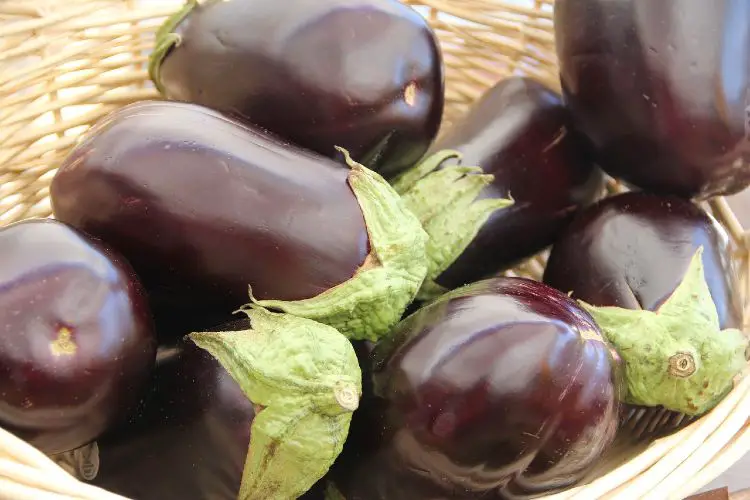Growing Your Own Cakes
As any foodie worth his salt (or salted caramel?) knows, baking is making a come back. Cupcakes and whoopie pies may still be the height of baking fashion, but there has also been a resurgence in interest in making simple cakes at home, spawning a raft of TV programmes and books encouraging us all to drag the cake tins from the back of the cupboard and get baking.
But how about going one step further, and sourcing cake ingredients from your own vegetable patch? Home grown fruit like apples, raspberries and strawberries are often used in baking. Cakes using vegetables are less common. While we may all be familiar with carrot cake, what about beetroot brownies, pumpkin cupcakes or parsnip scones?
Root vegetables like carrots, parsnips and beetroot, along with courgettes and pumpkins all have a natural sweetness. Using them in your cakes adds not just flavour, but texture and moisture as well. And a slice of cake could be the perfect way to encourage reluctant vegetable eaters to enjoy them without even realising. Find the right combination of flavours to compliment your vegetables, and you have the makings of a perfect cake. Chocolate is a great partner for beetroot, carrots and pumpkin go well in cakes lightly spiced with ginger and cinnamon, and honey adds sweetness to the natural earthiness of parsnips.
If you are inspired to have a go at growing your own cakes, now is the time to get going. A spring sowing of these vegetables will provide you with cake ingredients from midsummer through to late autumn.
The root vegetables can all be treated in much the same way. Sow carrots, parsnip and beetroot directly into well prepared ground. Before sowing it really is worth taking some time to get the soil right for your vegetables. First, rake the soil over to break up any large lumps and remove stones (a fine texture makes it easier for the germinating seeds to push shoots up towards the light), mark a shallow drill and water the soil if it is dry. Sow the seeds thinly into the drill and cover lightly with a sprinkling of soil. Label the rows, sit back and wait for signs of growth.
Carrots and beetroot can also be grown in containers if don’t have space in the garden. Choose a shorter variety of carrot, something like ‘Chantenay Red Cored’ or ‘Parisier Market’, both of which have a good flavour and will grow better under container conditions. Of the three root vegetables, beetroot is probably the easiest to grow, while parsnips are notoriously difficult to get to germinate. To help your parsnips along, make sure you have fresh seed (it doesn’t really keep from one year to the next, so buy a new packet) and hold off sowing until the soil has warmed up a bit in late spring.
Carrots will germinate well but the main problem with them is likely to be carrot root fly. The larvae of this tiny fly munch small holes in the growing carrots, making them unusable. The best way to protect your crop is to cover it with a piece of horticultural fleece from the moment you sow the seed, make sure there are no gaps around the edges and keep the fleece in place unless you are weeding or harvesting your carrots. Beetroot and carrots can be harvested through the summer as soon as they are large enough.
Parsnips taste better if they are left in the ground until there have been a couple of good frosty nights. The cold stimulates the root to convert starch into sugar, resulting in a sweeter flavour.
When you’ve finished sowing carrots, beetroot and parsnips in the garden, you can come back indoors for the pumpkin and courgette seeds. These plants are not hardy and need a bit of warmth to get them going. Fill small pots with multipurpose compost, sow one seed in each (they are large seeds and easy to handle), give them some water and keep them on a sunny windowsill. As the plants grow, they can be moved outside to a sheltered position on warm days, but remember to bring them back indoors at night until the danger of frost has passed. Then you can plant them out in a sunny spot in some really fertile soil. They are hungry plants and like lots of compost, and they’ll grow quite large too, so give them plenty of space.
They can also be grown in large containers (think large buckets or bigger), just remember to water them and give them a regular feed – tomato fertilizer is good for this. You should have courgettes ready for harvesting from midsummer. Picking them when they are about the length of a pencil will keep the plant producing more courgettes. Pumpkins take longer to mature and need to be left on the plant until they turn orange in the autumn. You can use them either straight away, or leave them in the sun to ripen the skin, so that they will keep for a couple of months.
You’ll be able to bake a whole range of unusual and delicious cakes with your vegetable harvest. Then all you need is a cup of rosemary or chamomile tea brewed using herbs from your own garden, and you have the makings of a complete home grown afternoon tea party.
Further reading
Sarah Smith’s Blog: www.thegardendeli.wordpress.com

